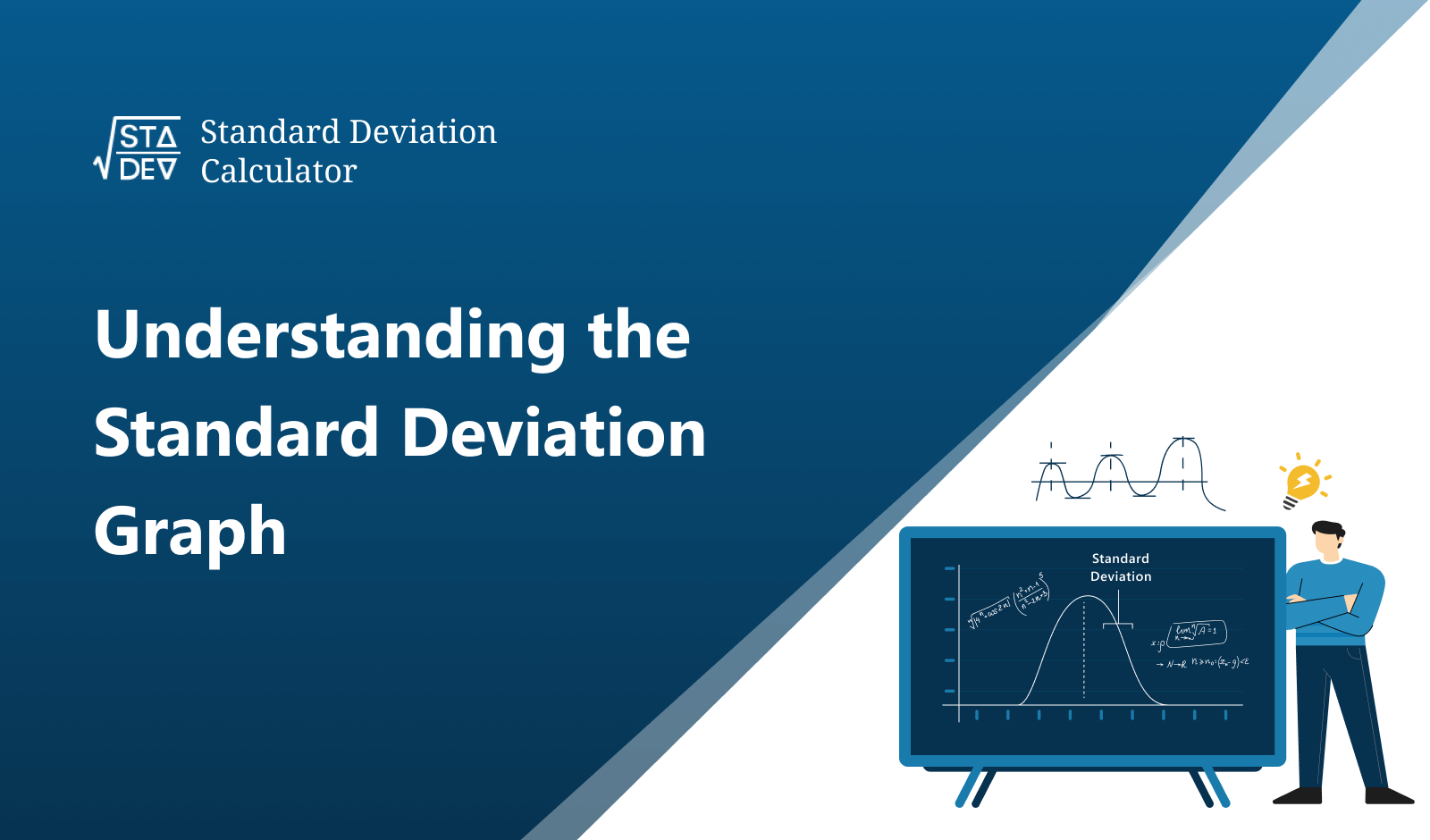What is critical value in statistics?
In statistics, the critical value is a numerical value that is used to calculate the level of significance, the degree of freedom, and the distribution of the test statistic. The critical value is denoted by ‘c’.
Types of critical value:
Generally, there are five types of the term "Critical value"
- T critical value
- Z critical value
- Chi-square value
- F value
- R-value
Critical Value Formula
Formulas vary depending on the type of critical value being calculated. we have mentioned some critical value formulas below.
Formula for T-Value
T = (α/2, df)
Df = n – 1 (n is the sample size)
where:
- Alpha (α) is the significance level
- df represents the degree of freedom
Formula for Z-Value
Z = (α / 2)
where:
- α / 2 gives us the Z-Value known as the normal standard distribution
Formula for Chi-Square value
X2 = ∑ (O – E)2 / E
Where:
- χ2 is the chi-square test statistic
- ∑ is the sum of values
- O is the observed frequency for each category in the contingency table
- E is the expected frequency for each category in the contingency table, calculated as (row total * column total) / grand total
Formula for F Value
F-Value = (σ1)2 / (σ2)2
Where:
- (σ1)2 is the larger sample variance
- (σ2)2 is the smaller sample variance
Applications of Critical Value:
The critical value helps us in various fields, some real-life applications of this term are as follows:
Quality control:
In manufacturing and production, critical values are used to determine if a product meets certain quality standards.
Medical testing:
Critical values are used in medical testing to determine if a result is abnormal or requires immediate attention.
Finance and investments:
Critical values are used in finance and investments to determine if a particular investment or financial decision is sound.
Environmental monitoring:
Critical values are used in environmental monitoring to determine if certain levels of pollutants or other substances are hazardous to human health or the environment.
Sports:
In sports, critical values can be used to determine if a particular athlete's performance meets a certain standard or record.
Calibration of instruments:
In scientific research, critical values are used to calibrate instruments and equipment.
How to find critical value? Example:
The calculation of critical value specifically depends on the specific statistical test being performed. In this section, we’ll cover the method how to find critical value.
Example 1:
Find the critical value of a sample size of 5 with a level of significance of 0.1.
Solution:
Step 1:
α = 0.1
n = 5
df = n – 1 = 4
Step 2:
Calculate the t-value of the left critical probability using the t-critical value calculator or t-table:
t-value = 1.5332 (right-tailed probability)
t-value = -1.5332 (left-tailed probability)
t-value = ±2.1318 (two-tailed probability)
Frequently Asked Questions About Critical Value Calculator
What are the types of critical value?
There are five types depending on the data size and use of distribution to determine the critical value.
- T-Critical Value: It finds for small samples and unknown population standard deviation values or uses the T-distribution.
- Z-Critical Value: It determines if a sample is large and known population standard deviation values or using z-distribution (normal distribution).
- Chi-Square Critical Value: In this value using the chi-square distribution for tests of independence or goodness-of-fit of the model.
- F-Critical Value: For this value use the F-distribution to compare variances or means of three or more groups of data in ANOVA analysis.
- R-Critical Value: For this value use the Pearson correlation coefficient to find the significance of the correlation between two variables.
How to find Z-Critical value?
To find the Z-critical value with a given confidence level “α” follow the below steps.
- Select the test that you performed either a one- or two-tailed test.
- One-tailed test: In a one-tailed test, the critical region can be divided into two parts: left tail or right tail distribution.
- Left-Tailed: The critical value is negative or based on the α-th part of the normal distribution and determining its value using z-table.
- Right-Tailed: The z-critical value is positive or based on the (1- α)-th part of the confidence level.
- Two-tailed test: The critical value is based on the ± (1- α/2)-th part of the confidence level and applied on both sides of the distribution.
To verify the result using our above critical value calculator.
What is the difference between T-critical value and Z-critical value?
Both are the statistical measures used in hypothesis testing for the acceptance or rejection of the null hypothesis.
- T-critical value: determines if the sample size is less than 30 & the standard deviation of data is unknown for the t-distribution in the t-test. On the other hand, the
- Z-critical value: is associated with z-distribution (normal distribution) and is determined when the sample size is larger than 30 or the value of the standard deviation of data is known.
What is two-tailed critical value?
In statistics, the two-tailed critical value helps us to split the region into two parts that determine whether the sample value is greater or less than the range values of the data.
Is a T-critical value same as a Z-critical value?
No, both are not the same in practice but the process of t-distribution from a table is approximately similar to the standard normal distribution from the table. Moreover, if the sample size is greater than 30 then there are chance the numerical t-critical value is the same as the Z-critical value.
What is the z-critical value for the “95%” confidence level?
The Z-critical value for a 95% confidence level such as:
- For right-tailed test = -1.64
- For left-tailed test = 1.64
- For two-tailed test = 1.96
To verify the values use our critical value calculator.







